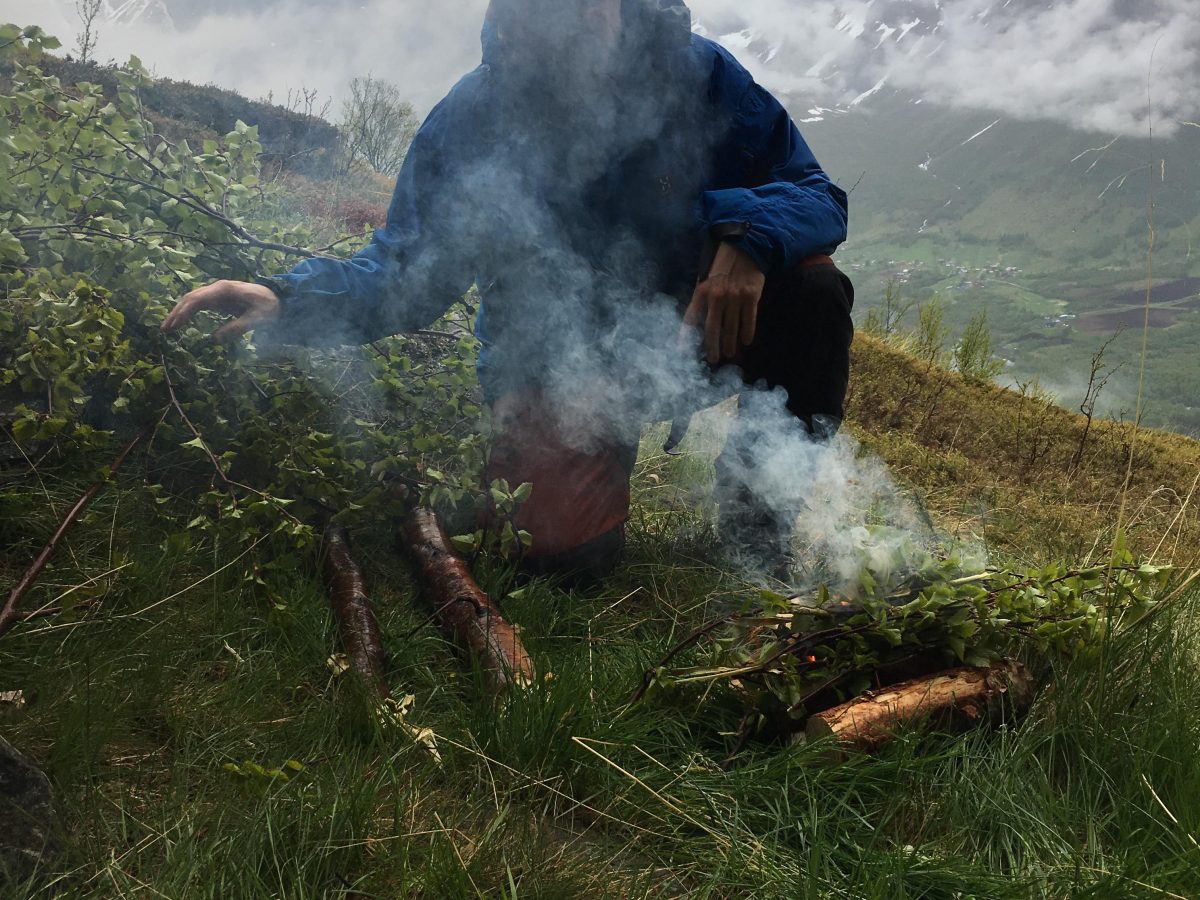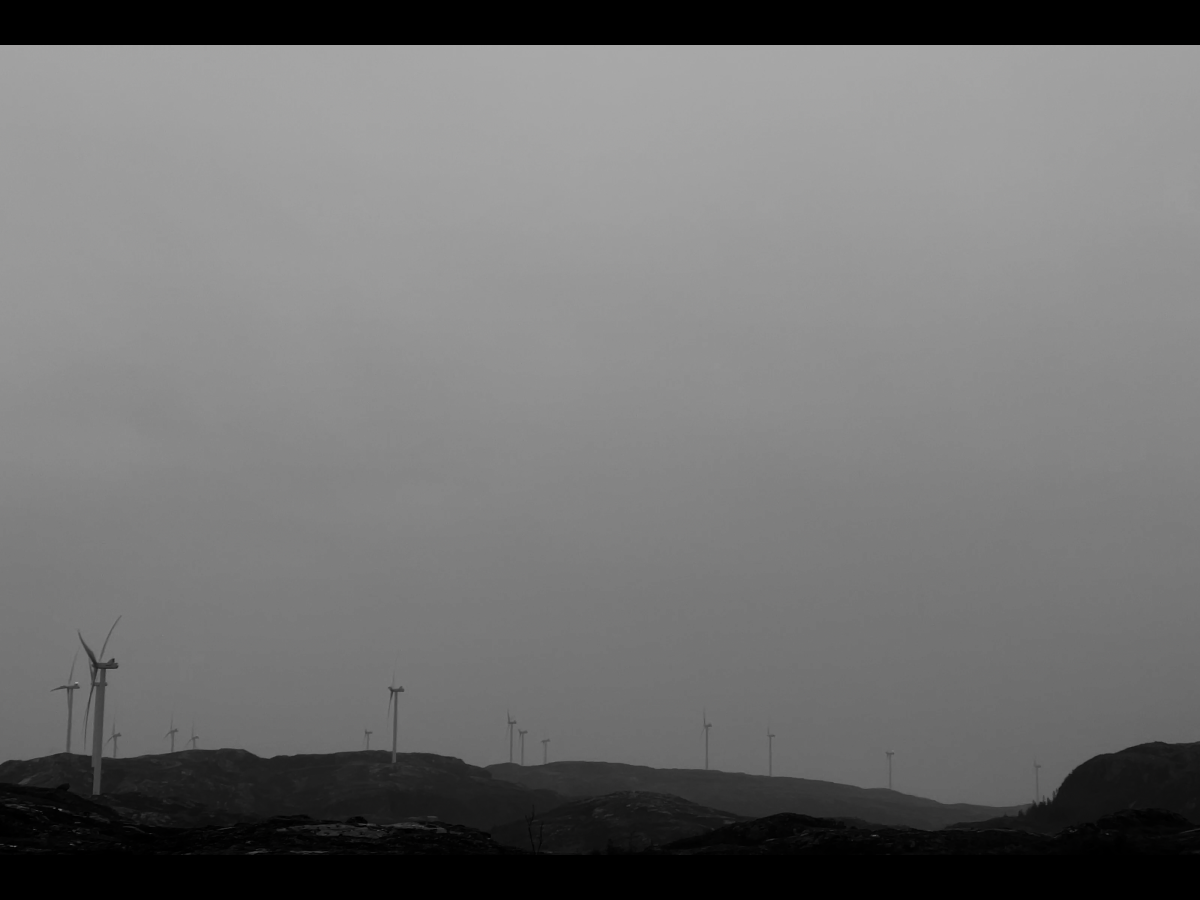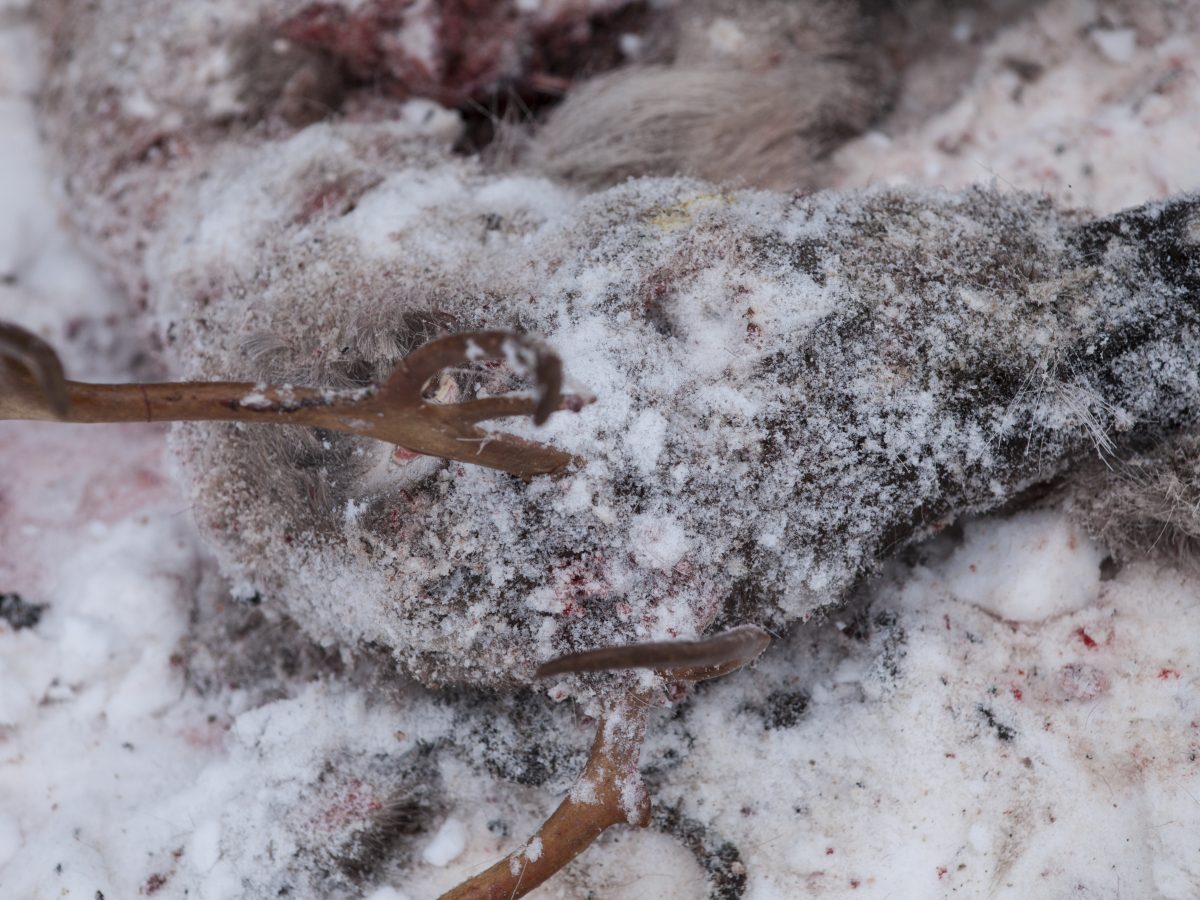Matti Aikio: Indigenous Traces
Published
How are we affected by our concepts and images of nature and how can we avoid that the indigenous cultures are pressured by the schizophrenic ideas of nature inherent in nation states and capitalism?
Talk
Time: 11 November 21:30
Venue: Østre, Østre Skostredet 3
Sámi communities are often caught between the extremes that exist within the nature policies of nation-states. From the non-indigenous perspective, nature is seen either as a resource to be extracted unsustainably, or as a place of “intact” nature that needs to be strictly protected from almost any human influence, including those of indigenous ways of life. This is the case even if these indigenous cultures and practices have been an essential part of these particular ecosystems for millennia. Matti Aikio suggests that from the perspective of the nation state, nature must be protected, but protected like an image, based on aesthetic choices focusing on symbolic species rather than trying to understand nature as whole, as an ecosystem.
For the symposium, Aikio connects these issues with topics like cultural appropriation, self-determination and indigenous aesthetics, through a newly developed talk, telling stories and screening clips from his archive of videos, sounds and photos, which will open up questions of how and why these different ways of living on this planet are in constant conflict and what exactly are the fundamentals beyond these opposite forces.
Matti Aikio
Matti Aikio is a Sámi visual artist from Finnish side of the Sápmi. He has a background in Sámi reindeer-herding culture. He holds an MA in contemporary art from Tromsø Academy of Contemporary Art. He works with mixed media, photography, sound, installations, video, sculpture and text. Aikio’s art has been exhibited widely in Europe, Asia and Latin America.
Image credits: Photo of Matti Aikio taken by Karoline Trollvik. All other photos by Matti Aikio.


